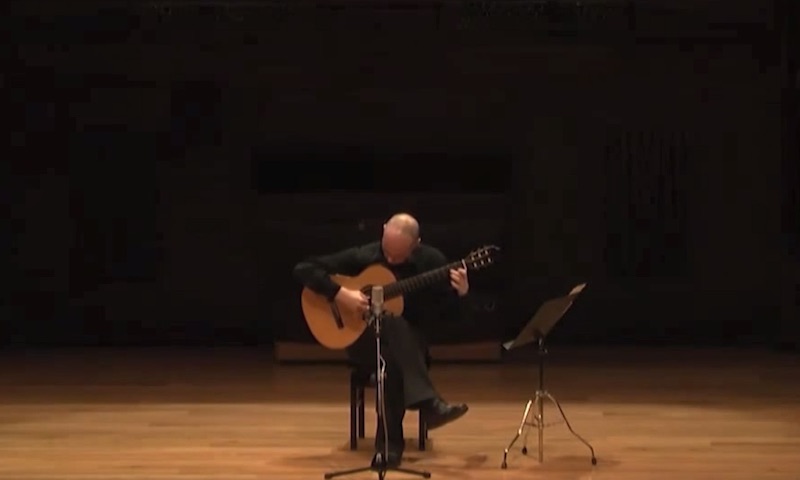

EMILIO PUJOL GUITAR SCHOOL SERIES
By 1941 he was back in Spain to the end of his life, and he started preparing the volume covering the composer for vihuela, Luis de Narváez, for the series Monumentos de la Musica Española (vol. The beginning signs of World War II also prevented him from continuing his concert career.įrom 1935 through 1940, Pujol continued giving a few concerts and lectures as well as pursuing his research in Spain, London and Paris. During this period he partnered with the publisher Max Eschig in publishing his "Bibliothèque de musique ancienne et moderne pour guitare" (from 1927), resulting in numerous works for solo guitar by historical and contemporary composers. The only major interruptions in his concert travels were his marriage to Matilde Cuervas in Paris, an Andalusian flamenco guitarist, and the period of time he devoted to historical research in Paris into the instrumental predecessors of the guitar.

In 1918 he undertook his first tour of South America, starting in Buenos Aires. ĭuring the war years 1914–1918 he did not travel much and mainly remained in Catalonia. Pujol fondly remembered his first encounter with Tárrega and in his biography of his teacher, he described his mestre in very endearing, romantic terms. At this time, Miguel Llobet was making his debut as a concert artist outside Barcelona. He began his studies with Francisco Tárrega in 1902, when he was sixteen years of age. Emili Pujol was born in the little village of Granadella just outside Lleida, Spain.


 0 kommentar(er)
0 kommentar(er)
